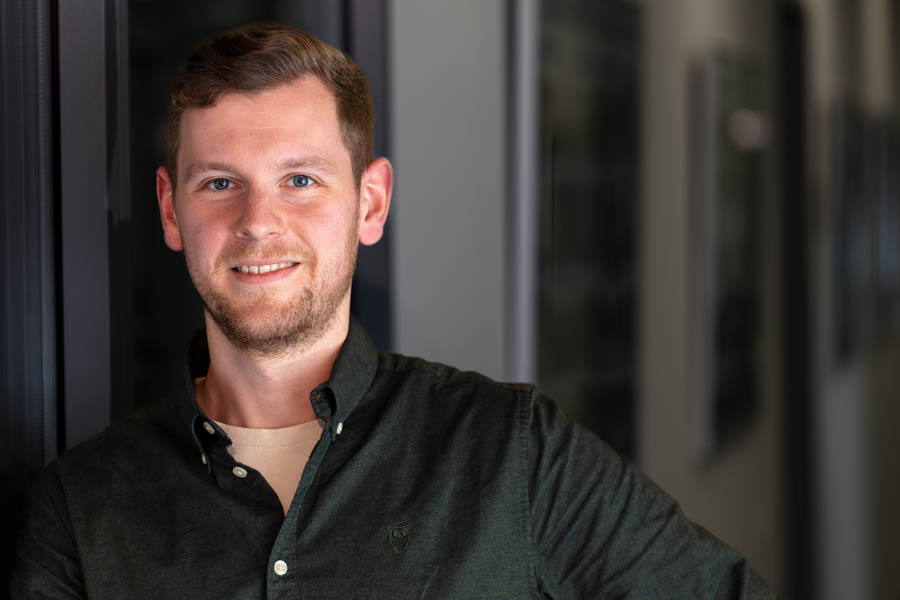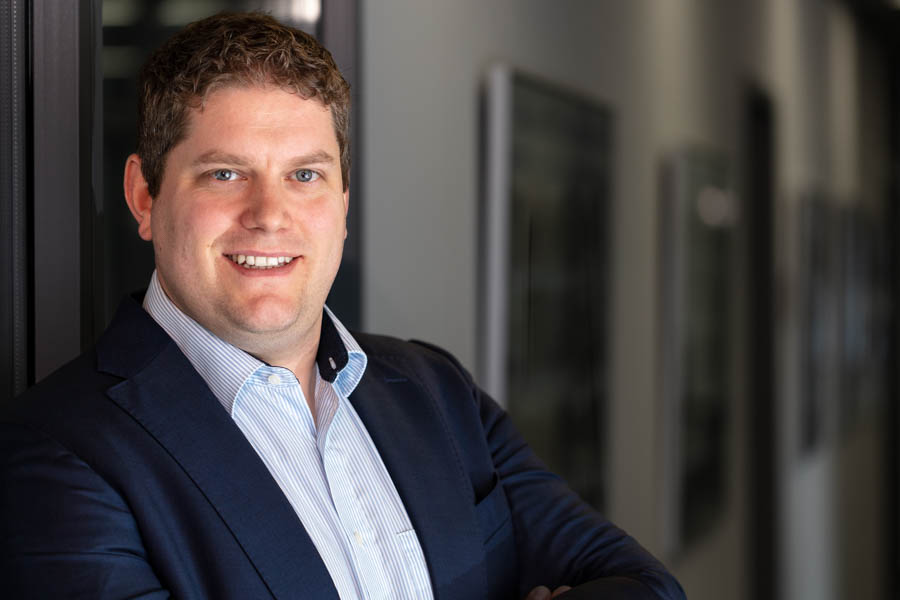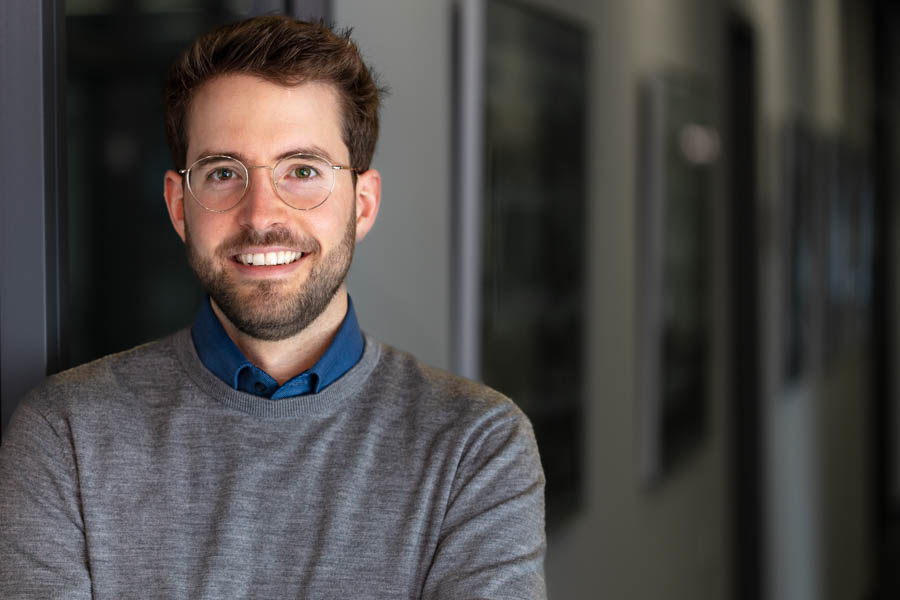COSIMa: CO2-neutral Saint-Gobain industrial site Herzogenrath — feasibility study
Programme for Rational Use of Energy, Renewable Energies and Energy Saving — Programme Area Innovation (progres.nrw – Innovation),
1 January 2022 until 28 February 2025
Project description
The ambitious yet urgent climate targets of the Paris Agreement call for swift action from national and regional policymakers as well as industry. Saint-Gobain has set itself the goal of achieving CO2 neutrality worldwide by 2050. This target is a particular challenge for the energy-intensive glass industry.
The Saint-Gobain (SG) site in Herzogenrath, with its flat glass production (float glass) and further processing into automotive glass, has set itself the goal of achieving CO2 neutrality by 2030 and taking on a pioneering role both regionally and internationally. On the one hand, this serves to secure the location, and on the other hand, it should simultaneously provide the benchmark of the feasibility of such a project by 2030.
The overall goal of the project is to achieve CO2 neutrality according to Scope 1 and 2 by 2030 for the entire site. The Herzogenrath site wants to lead the way in this radical transformation process in order to position the location for the future and to secure the long-term future of the site and the approximately 1,000 jobs.
The activities planned at the Saint-Gobain site follow two paths that complement each other to form a holistic concept. In addition to the development of a new glass furnace technology (“CO2-neutral glass melting furnace”), an optimised energy efficiency of the overall energy system at the site is to be achieved.
One work package is aimed at flat glass production as the main emitter of CO2 with more than 80% of the energy demand at the site, so that the first industrial CO2-neutral glass melting furnace (float glass) is to be built at the site by 2030. Today, the energetic power demand is covered by natural gas and a small share of electricity. In future, e‑boosting (electric auxiliary heating of the glass melt) is to be increased to the technical maximum, which, however, seems to be limited by the high demands on glass quality according to current knowledge. The energy required in addition is to be covered by an emission-free fuel, preferably hydrogen, instead of natural gas as before. The use of oxygen in combustion is also considered, since the necessary hydrogen must be produced decentrally at the site due to a lack of infrastructure, and oxygen would thus be produced as a usable by-product of electrolysis.
The exact design of this hybrid technology and its influence on, among other things, the changed combustion properties in the combustion chamber, NOx formation, heat transfer, changed flow of the glass melt with influence on the glass quality as well as the implications for the refractory materials must be clarified in advance within the framework of feasibility studies.
In addition to the technological redesign of flat glass production, the thermal processes in the area of automotive glass production at SG Sekurit are to be optimised as part of a “smart infrastructure”, and a comprehensive energy system analysis and optimisation of the entire site is to be carried out.
In this context, another work package aims to identify and quantify further energy saving potential in automotive glass production. In particular, the line for laminated safety glass (windscreens and roofs) that has existed at the site since 2020 and was transferred from the SG site in Stolberg has increased energy demand and is to be analysed in terms of its energy efficiency. But also, the already existing lines for single-pane safety glass (side windows, rear windows and roofs) are to be analysed and evaluated holistically with regard to their energy demand.
Finally, a detailed analysis of the entire site, all required material and energy flows of the three units SG Glass, SG Sekurit and SG Research Germany is to be recorded, the feasibility of CO2 neutrality of the entire system is to be worked out and an energetic simulation model of the entire site is to be created for design and efficiency optimisation. This is to be transferred to other locations in the future.
For energy optimisation, options for energy conversion are to be considered, in particular through improved resource efficiency and improved waste heat utilisation as well as sector coupling. The aim is also to design the energy system for maximum security of supply. The energy networking of the site must result in an economically viable concept in the medium term, so it should also be possible to map possible interfaces with the city of Herzogenrath, e.g. with regard to a district heating network, as part of the optimisation model that is being developed.
Project goals
- Analysis of hydrogen-air combustion in laboratory tests and modelling.
- Characterisation of the effects of hydrogen combustion (air & O2) on glass quality: refining/foaming, optical properties and volatilisation.
- Develop a proposal for refractory materials for the superstructures of glass melting furnaces and regenerators suitable for hydrogen combustion (air and oxygen).
- Recommendation for design modifications of furnaces and regenerators for hydrogen combustion as well as burners
- Development of improved energy process control
- Evaluation and prioritisation of energy saving potentials in automotive glass production
- Recommendations for energy savings through modelling of selected thermal processes
- Development of a validated energy system model for the entire Herzogenrath site
- Development of optimised scenarios for the energy system at the Herzogenrath site
- Documentation and scientific evaluation of an example scenario to demonstrate transferability (case study) as well as the development of training materials and documentation for further use.
Project participants
Further Information
Contact



Funding
This project is funded by the state of North Rhine-Westphalia through the funding programme “progres.nrw — Programme for rational energy use, regenerative energies and energy saving — Innovation programme unit”.